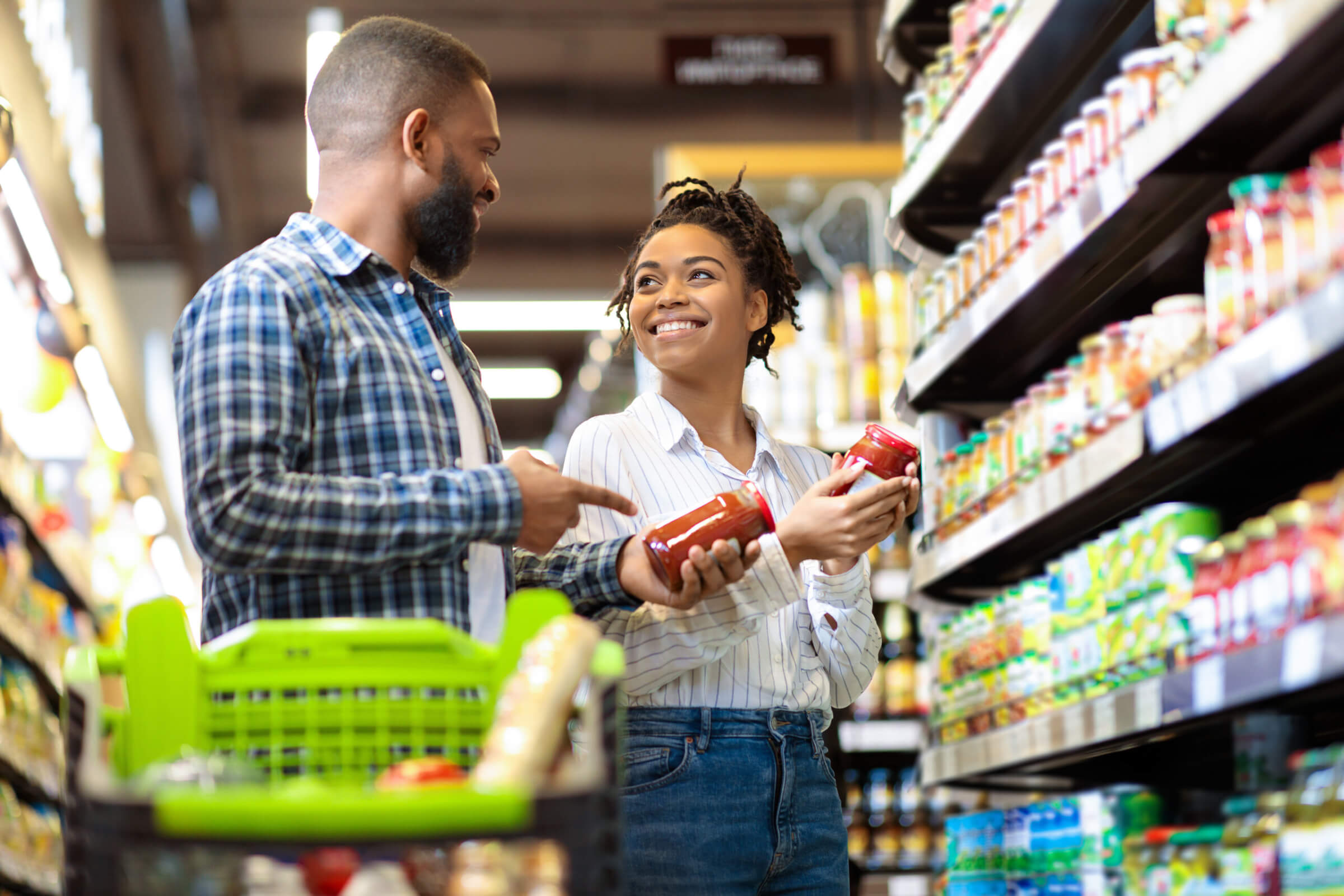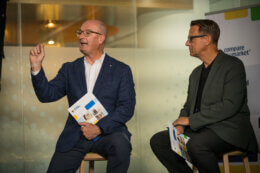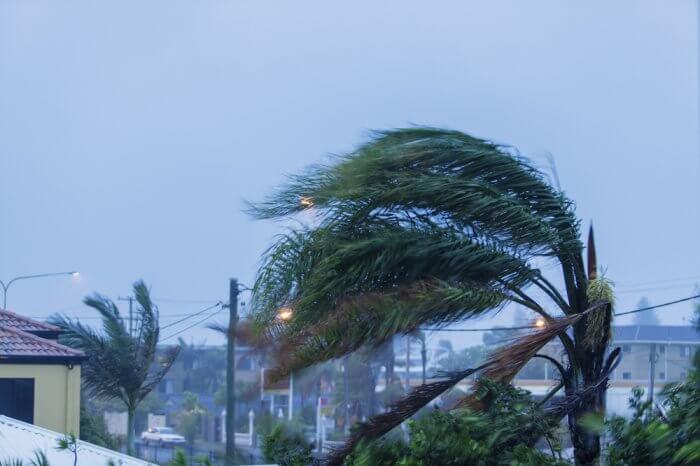
As households continue to take a hit amid the cost-of-living crisis, recent Compare the Market research has revealed that Western Australia is the country’s most frugal state when it comes to finding a bargain at the supermarket.
Compare the Market’s latest research revealed that 1 in 5 Western Australians surveyed (20.2%) have been exclusively buying generic name products in the past 12 months when grocery shopping – more than anywhere else in Australia. This puts the state well above the national average of 15.7% who have already switched from big brands to generic names and ahead of states including Queensland (11.9%), New South Wales (15%), Victoria (15.9%) and South Australia (16.4%).
Compare the Market’s Chris Ford said there was nothing wrong with trying to save a buck or two by switching to generic brands.
“The cost-of-living crisis is one of those things that won’t be going away any time soon and our research found that many Australians are already saving money by being disloyal to big names at the supermarket, and purchasing generic brands instead,” Mr Ford said. “Specifically at the grocery store, our research found that Western Australia is the most frugal state, swapping out brand-name bread, milk, pantry staples and more for cheaper alternatives.
‘However, Western Australians are saying no to brand-name cleaning products in droves, with 66.7% of those surveyed from the state admitting that they now opt for generic brands for their cleaning essentials.
“What we’d like to see is all Australians searching for discounts not just at the grocery store, but across their big-ticket items and grudge purchases. We know that far too many Australians remain loyal to their insurance providers, energy retailers and even telcos when better deals could be available.
“In recent years, we’ve seen an influx of new brands enter the market that often offer similar products as those from well-known brands. In some cases, these products, policies and plans can be cheaper. We’re encouraging households to spend some time researching to see where they could claw back cash. Over a year, the savings could be astronomical, but it’s up to Aussies to take that initiative themselves.”
Meanwhile, Compare the Market’s data also found that 43.7% of Australians surveyed have switched from brand-name products to generic-name products at the supermarket in the last 12 months to save money. However, Queensland took the crown this time, with a whopping 53.7% of those from the Sunshine State saying they’ve made the switch in the past year.
They were followed by New South Wales (43.7%), Victoria (43.4%), South Australia (35.6%) and Western Australia (34.6%). Mr Ford said that depending on the product switches you make, you can potentially save thousands of dollars a year.
“We recently purchased 25 common grocery items from one major supermarket and 25 similar items from one challenger store and found around a $97 difference between the two dockets,” Mr Ford said.
“The big-name products cost $201.19 combined—nearly double that of the lesser-known labels, which cost just $103.51. Multiply that weekly shop over a year and that’s easily $5,000 you’re saving on groceries alone. Of course, your exact savings will vary based on the price of the items you currently buy and the ones you switch to.”
Mr Ford’s top tips for saving more at the grocery store
- Do your research and don’t shop on a whim. Before hitting the shops, sniff out the most significant discounts. Remember that while the major supermarkets offer weekly specials, they’re not the only place to grab a bargain. You may even want to split your shop across multiple stores for the biggest savings. Discount stores or department stores may offer some items, like lollies, chips, drinks and even cleaning supplies for less. It pays to compare.
- Loyalty may not result in the biggest discounts. You may be able to save significantly by purchasing a different brand or shopping at a different store.
- Is a sale really a sale? Always look at the unit price and not just the big price displayed. This will help you determine whether it’s cheaper to buy in bulk, at a smaller quantity or if something is really giving you the biggest bang for your buck.
- Don’t forget your reward cards. Always flash your reward cards and boost within the apps. Every dollar spent earns you points. But remember to boost within the apps to earn more points and take advantage of specials available. Also keep in mind that some reward programs now offer paid versions, which can unlock greater savings and help you earn more points. If choosing this option, ensure the savings outweigh the subscription cost.
- You may be entitled to more savings through your energy retailer or insurance company. It’s quite common for insurers, energy retailers and other utility companies to offer some shopping discounts. See if there are any reward stores or perks linked with your current account that you can utilise.
*Survey of 1,006 Australian adults, conducted June 2024.
For more information, please contact:
Phillip Portman | 0437 384 471 | [email protected]
Compare the Market is a comparison service that takes the hard work out of shopping around. We make it Simples for Australians to quickly and easily compare and buy insurance, energy, and home loans products from a range of providers. Our easy-to-use comparison tool helps you look for a range of products that may suit your needs and benefit your back pocket.
Info for journalists:
| Location | Items most likely to be switched from brand-name to generic |
| National | 1. Cleaning products (59%) 2. Milk (57.5%) 3. Pantry staples (52.7%) 4. Bread (49.5%) 5. Frozen Vegetables (46.5%) |
| New South Wales | 1. Milk (61.2%) 2. Cleaning products (58%) 3. Pantry staples (57.4%) 4. Toilet paper (50.5%) 5. Bread (47.9%) |
| Victoria | 1. Milk (58.2%) 2. Cleaning products (55.6%) 3. Bread (53.6%) 4. Frozen vegetables (50.3%) 5. Toilet paper (43.8%) |
| Queensland | 1. Cleaning products (58.3%) 2. Milk (56.1%) 3. Bread (46.2%) 4. Toilet paper (44.7%) 5. Frozen vegetables (43.9%) |
| South Australia | 1. Cleaning products (71.1%) 2. Bread (63.2%) 3. Milk (52.6%) 4. Frozen vegetables (50%) 5. Pantry staples (47.4%) |
| Western Australia | 1. Cleaning products (66.7%) 2. Milk (57.9%) 3. Bread (50.9%) 4. Frozen vegetables (43.9%) 5. Pantry staples (40.4%) |








